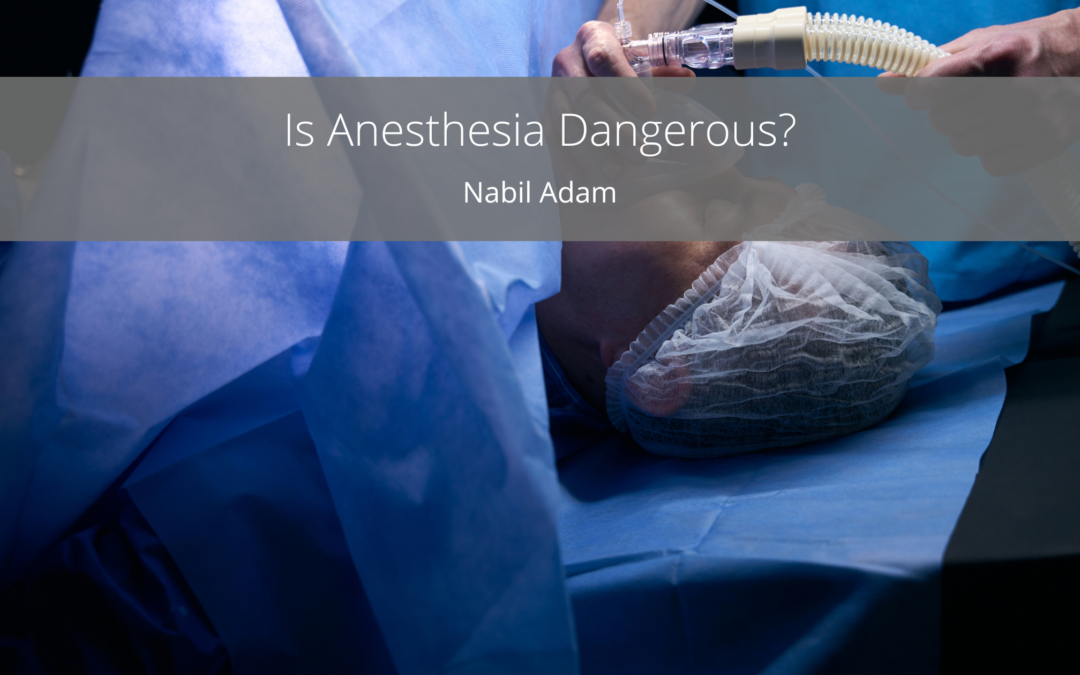Anesthesia is a crucial component of modern medicine, allowing for safe and pain-free medical procedures. However, like any medical intervention, there are inherent risks associated with anesthesia. Understanding these risks and weighing them against the potential benefits is important.
Understanding the Risks
Anesthesia-related complications can occur, but it is essential to note that they are relatively rare. Advances in medical technology, standardized protocols, and highly trained anesthesiologists have significantly improved patient safety. Let’s examine some key points about the safety of anesthesia.
Individualized Care
One of the critical aspects of anesthesia safety is the personalized approach. Anesthesiologists carefully evaluate each patient’s medical history, current health status, and specific needs to tailor an anesthetic plan that minimizes risks. This thorough assessment helps identify potential complications and implement preventive measures.
Anesthesia Team Expertise
Anesthesia is administered and monitored by a specialized team of anesthesiologists, nurse anesthetists, and anesthesia assistants. These professionals undergo rigorous training and possess the skills and knowledge to ensure safe anesthesia delivery. They continuously monitor vital signs, adjust medication dosages, and respond swiftly to patient condition changes.
Advances in Monitoring Technology
Modern anesthesia is supported by advanced monitoring devices that continuously assess a patient’s vital signs during surgery. These devices provide real-time data on heart rate, blood pressure, oxygen levels, and other critical parameters. The anesthesia team can quickly detect and address potential issues by closely monitoring these indicators.
Anesthesia Medications
Anesthesia drugs have evolved significantly, with improved safety profiles and shorter durations of action. Anesthesiologists carefully select and administer medications based on patient needs and responses. Constant monitoring allows for precise titration of drugs to ensure the appropriate level of anesthesia while minimizing side effects.
Post-Anesthesia Care
After the procedure, patients are closely monitored in a recovery area to ensure a smooth transition from anesthesia to wakefulness. This phase is crucial for managing pain, preventing complications, and providing a safe recovery. The anesthesia team continues to monitor the patient’s vital signs and address any post-operative concerns.
While anesthesia carries some inherent risks, the field has made tremendous strides in ensuring patient safety. Patients must communicate openly with their healthcare providers, provide a comprehensive medical history, and follow pre- and post-operative instructions to enhance security. It’s important to remember that the risks associated with anesthesia are generally outweighed by the benefits of undergoing necessary surgical or diagnostic procedures.

